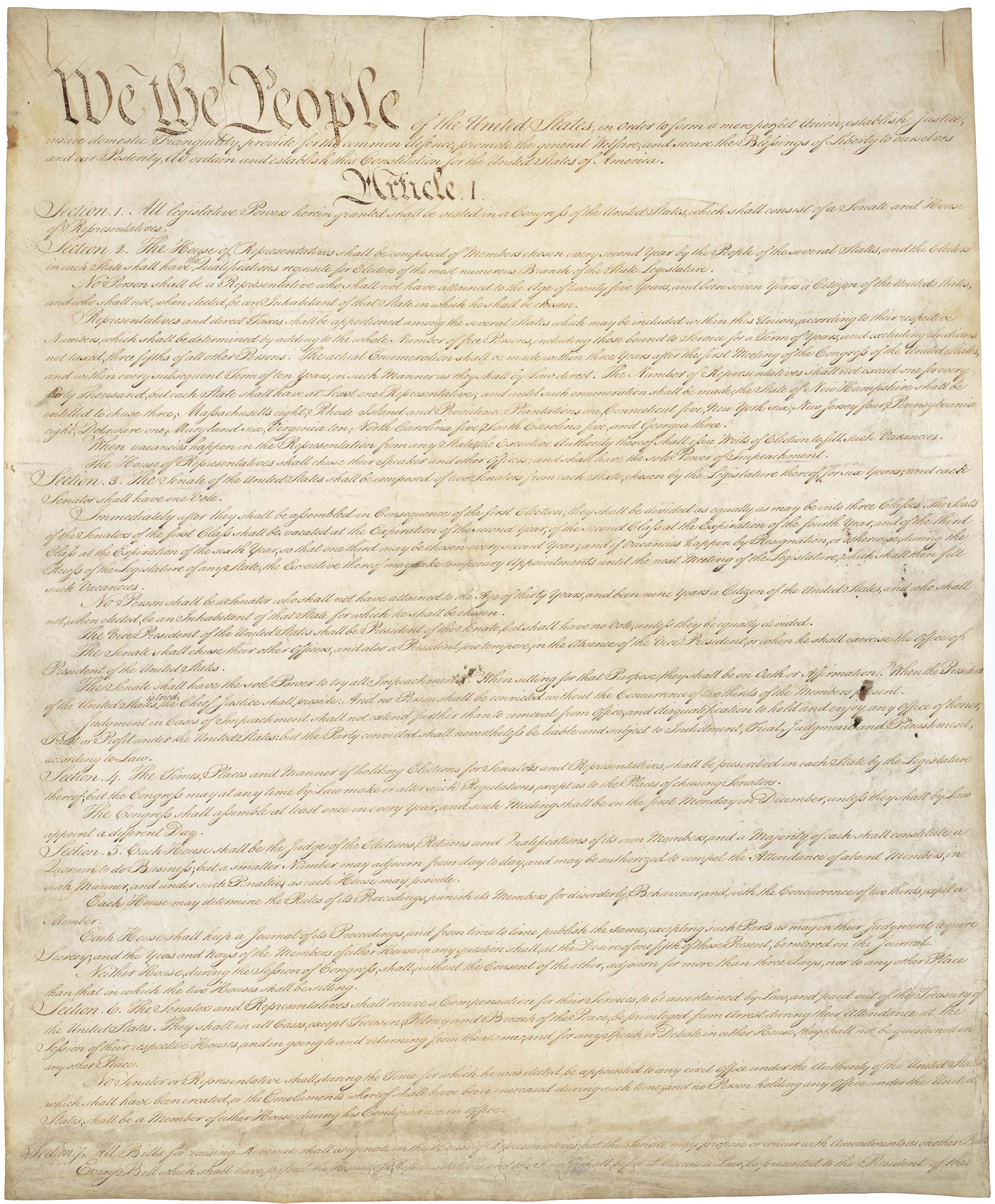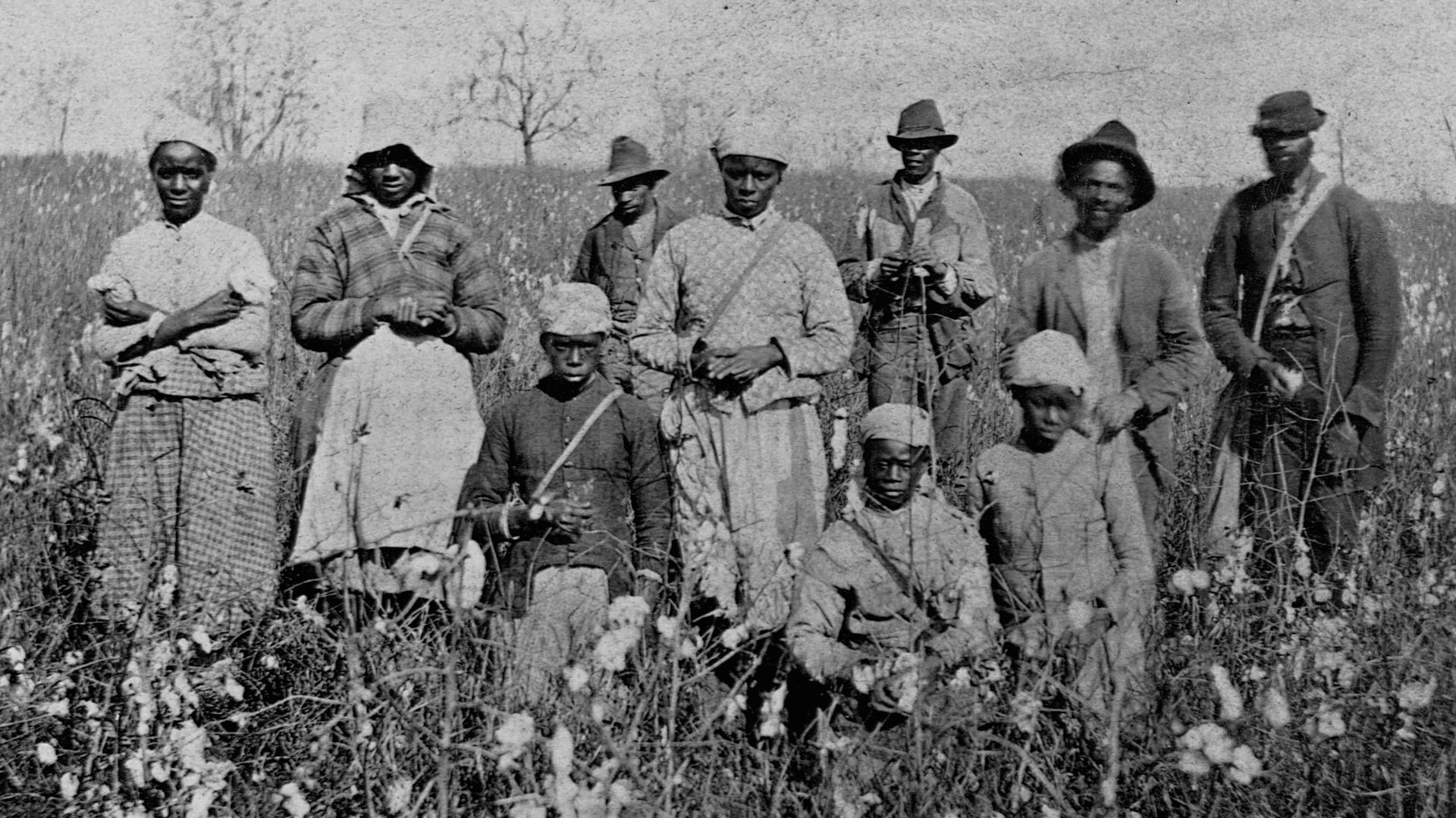History
We start by tracing the early experience of African Americans in 1619 and overview how racial views from Europe influenced the early structures of governance from the colonies through the founding of the United States to the end of the nineteenth century.
We begin with the arrival of the first African slaves on the North American shores in 1619 and conclude with the resurgence of white supremacy in 2019. While the history section is, for now, complete, we will continuously update the website. The story does not end in 2023.
We hope this historical overview is a first step toward creating a more just and democratic society. As communities organize to advocate for more economic opportunity, community-based policing, and fair access to health care and education, we all benefit from understanding the systems that contributed to the inequalities and biases experienced today.
1800: Abolitionism
Abolition of slavery challenged the economic model upon which the South derived its wealth and stability, but it also threatened the legal, cultural, and political status quo of the North and South.
1800-1850: Congressional Power Struggles
The first half of the nineteenth century brought the debate over the legality and morality of the institution of slavery to a dramatic climax.
1808: The Catholic Church, the Jesuits, and Enslaved People in St. Louis
The history of the Catholic Church, the Society of Jesus (Jesuits), and enslaved people in St. Louis is significant because the Church established itself in the area using slaves as laborers.
1820: Missouri Enters the Union
As part of the Missouri Compromise of 1820, Missouri entered the United States as a slave state, while the state of Maine entered the United States as a free state to maintain the balance of states allowing slavery and those that did not.
1847: Dred Scott and the Freedom Suits
As the public debate over free versus slave states continued, an African American slave named Dred Scott pushed the conversation further. He sued for his and his family’s freedom arguing that they had been enslaved in a free state and therefore should be released as free.
1856: The Caning of Charles Sumner
The conflict over slavery reached its zenith during a Senate debate on the floor of the Senate in May 1856.
1860: Missouri during and after the Civil War
While Missouri entered the United States as a slave state, Missouri entered the Civil War as a border state, with Unionists and Confederates struggling for power.
1863: The Emancipation Proclamation and the First Black Regiment
Over 8,000 Black Missourians fought in the Civil War.
1865: Slavery Abolished in Missouri
On January 11, 1865, elected delegates to the 1865 State Constitutional Convention in St. Louis passed an ordinance abolishing slavery in Missouri. The ordinance passed three weeks before the U.S. Congress proposed the Thirteenth Amendment to the U.S. Constitution abolishing slavery.
1865: Reconstruction & New Amendments
Early Reconstruction efforts empowered blacks to own land, build communities, form churches, vote for government officials, and send their children to school.
1876: City/ County Segregation
The 1876 Missouri Constitutional Convention formalized rules concerning local governance, including creating an option for cities meeting a minimum population threshold of “adopting a charter of self-government” that would effectively remove them from the oversight of county governance and place them on an equal self-governing standard.
1877: “Jim Crow”
When the federal government withdrew its support of Reconstruction in 1876, the period of post-civil war growth for Blacks ended. Local and state laws were quickly passed that racially segregated Blacks from much of white life in the South. Known as “Jim Crow,” these laws, regulations, and social requirements relegated Blacks to second-class citizens.
1896: Plessy v. Ferguson
The effects of Jim Crow laws were compounded by the U.S. Supreme Court ruling on Plessy v. Ferguson in 1896 which held that racial segregation did not violate the U.S. Constitution’s Fourteenth Amendment. The Court narrowly interpreted the amendment, effectively formalizing the racist “separate but equal” culture that pervaded the South and border states like Missouri into law, and that led to systematic, gross inequality and violence against African Americans.
1897: W. E. B. Du Bois
In 1897, a rising African American leader William Edward Burghardt Du Bois accepted a position at the historically black college, Atlanta University. Two years later he published one of his seminal works, The Philadelphia Negro, where he discussed his research and findings after spending two years studying African American communities in Philadelphia. His work challenged prevailing racist views and laid out for the sociological field a more scientifically rigorous method of conducting social research.












